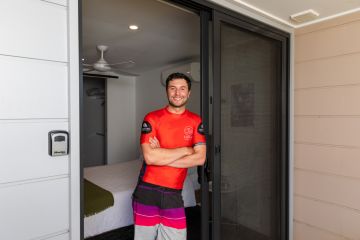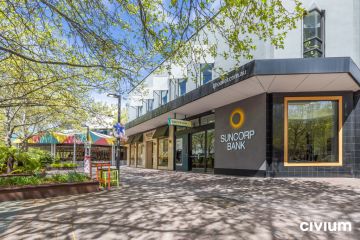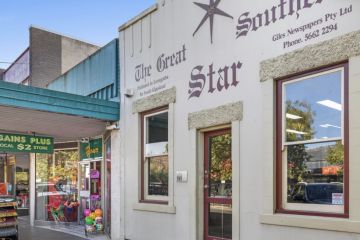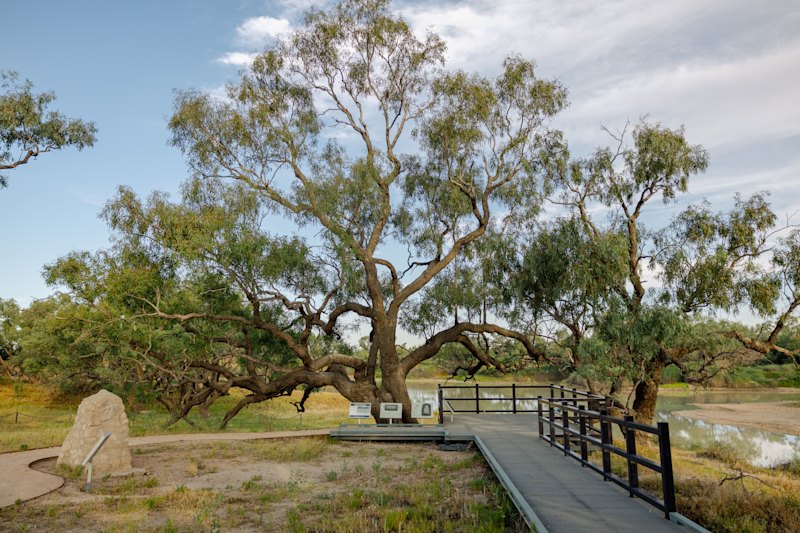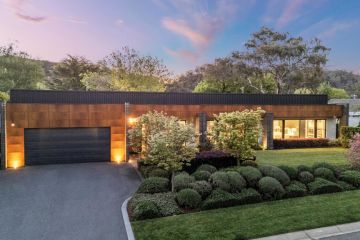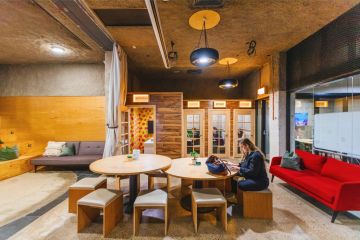The Canberra suburb where home owners rarely leave
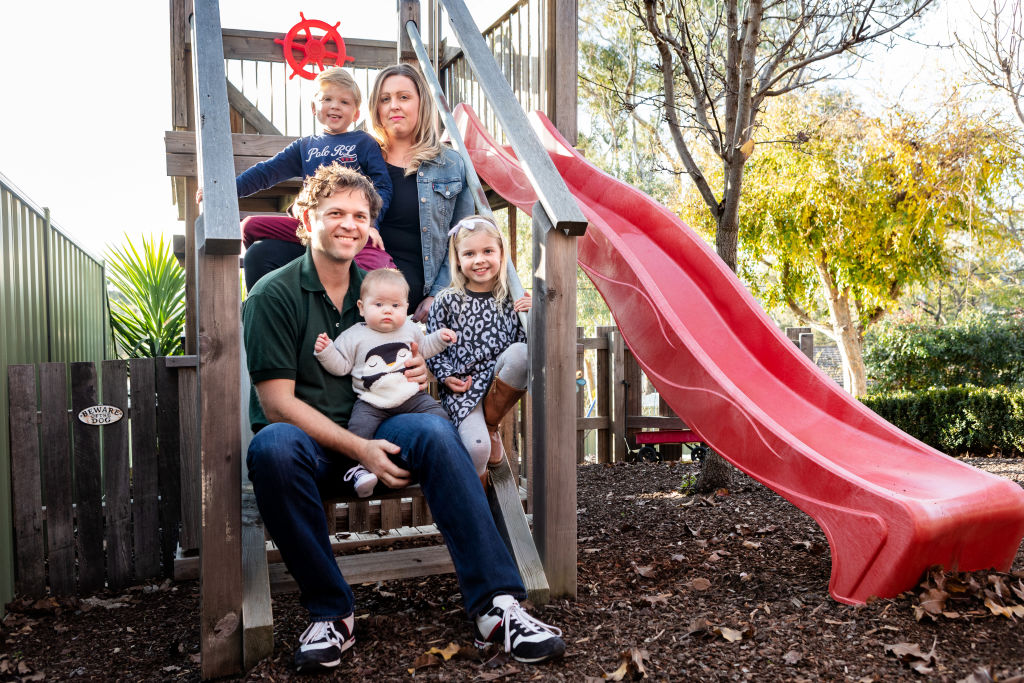
Fraser is a place people rarely leave, with an analysis of Domain data revealing the north-side suburb is Canberra’s most tightly held.
Cassie and Glenn Mowbray are hoping this works in their favour with their Fraser house set to go under the hammer next Saturday.
Their four-bedroom home sits on an 1155-square-metre block and is perched on Mount Rogers. The backyard has been landscaped and even includes play equipment.

Mr and Mrs Mowbray have lived in Fraser for eight and a half years, but while they are selling they won’t be leaving the suburb. The couple bought a Mr Fluffy block to fulfil their dream of building their own house, which is almost complete.
“We love Fraser because it has so many reserves and the blocks tend to be bigger than normal for Canberra,” Mrs Mowbray said.
“It’s a really nice community, neighbours know each other [and] it’s really friendly.”
- Related: Canberra house price growth forecasted to be one of the strongest next year
- Related: Cheapest Canberra suburbs within 10km of Civic
- Related: ACT’s inner suburbs experience highest five-year growth
Mrs Mowbray said most of her neighbours were the original owners of their houses and had been there for more than 30 years.
“It’s not normal to buy and sell in this area,” she said.
“There’s not a lot of turnover and even when we were looking for a property we could build on, either a block of land or something we could rebuild, it took us two years to find it in the area.”
Looking at sales over a 12-month period, only 19 of the 763 properties in the suburb have changed hands. This represents 2.5 per cent of all dwelling stock in Fraser.
Peter Blackshaw Belconnen principal Matt Sebbens, who is selling the Mowbrays’ home, said people moved to the suburb with a long-term view and the local primary school was a major drawcard for young families.
“It’s more of a destination for people so that’s why it’s tightly held, it’s not what you would determine to be a transitional suburb,” he said.
“The average blocks are some of the largest in Belconnen and there are many large, privately built four and five-bedroom homes that people tend to view as a long-term home.”
| Suburb | Number of sales in 12 months to March 2019 | Number of dwellings (Census 2016) | Sales as a percentage of dwelling stock |
| Fraser | 19 | 763 | 2.5 |
| Florey | 55 | 1973 | 2.8 |
| Red Hill | 36 | 1273 | 2.8 |
| Giralang | 39 | 1281 | 3.0 |
| Oxley | 20 | 650 | 3.1 |
| Aranda | 30 | 951 | 3.2 |
| Gilmore | 32 | 1004 | 3.2 |
| Ainslie | 75 | 2272 | 3.3 |
| Monash | 74 | 2204 | 3.4 |
| McKellar | 35 | 1027 | 3.4 |
| Kaleen | 97 | 2773 | 3.5 |
| Rivett | 48 | 1353 | 3.5 |
| Reid | 36 | 985 | 3.7 |
| Downer | 58 | 1555 | 3.7 |
| Chisholm | 73 | 1954 | 3.7 |
| Hawker | 48 | 1265 | 3.8 |
| Curtin | 82 | 2148 | 3.8 |
| Hackett | 49 | 1273 | 3.8 |
| Stirling | 32 | 821 | 3.9 |
| Gowrie | 46 | 1155 | 4.0 |
Both Florey and Red Hill had the second-lowest proportion of sales with only 2.8 per cent of properties in both suburbs transacting. Rounding out the top five is Giralang, at 3 per cent, and Oxley, at 3.1 per cent.
The data is based on the number of sales in the 12 months to March 2019 which is then weighted against the number of dwellings as recorded at the 2016 census. New suburbs and those with less than 300 dwellings were removed from the list.
While Fraser had the lowest proportion of sales as a percentage of dwelling stock, it did not have the lowest volume of sales. O’Malley, in Woden Valley, had only 17 residential sales during the period, but this represents 4.8 per cent of total stock.
Dickson had the highest proportion of sales over the time period, with 13.6 per cent of properties transacted. Higher density suburbs made up the bulk of the most turned over suburbs with more than 10 per cent of properties transacted in Barton, Kingston and Greenway.
First-home buyers are driving the high turnover in these suburbs and not investors, according to Independent Inner North and City agent Jonny Warren.
“A lot more first-home buyers are starting to purchase properties in these areas, and owners want to take advantage of the rush in the market,” he said.
“Compared with Belconnen, these suburbs turn over a lot faster – the golden key is location and younger people want to live in these areas.”
We recommend
We thought you might like
States
Capital Cities
Capital Cities - Rentals
Popular Areas
Allhomes
More
